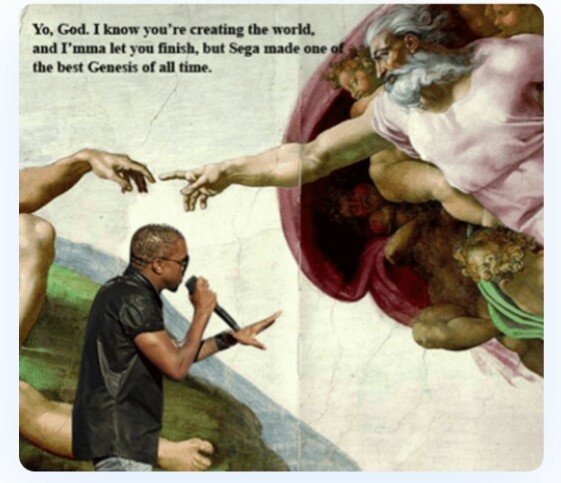Meme-based marketing plans for business - continuation 2

- Engage With Users that Create Memes Around Your Brand
Sometimes, it’s your very own users who will create memes you can use to point attention towards your brand. Take this example from Barkbox:
The
They shared this user-generated meme on their social media pages. This strategy worked for a couple of reasons:
Barkbox tagged the original poster, giving credit where it’s due.
The meme fits with their brand voice, which tends to be very lighthearted.
The image caters to their target audience (dog owners).
If you’re going to share user-created memes to drum up business, it’s only good manners to provide attribution. Plus, it signals to other people that if they rise to the challenge, they too can get a shoutout.
This may encourage more followers to generate memes – and therefore marketing content – for your brand. Once again, however, you want to be picky about which ones you share. Quality will take you much farther than quantity.
- Don’t Try Too Hard
Trying “too hard” is perhaps the most common pitfall that brands encounter when it comes to meme-based marketing. This usually involves:
Creating and sharing unfunny memes
Spamming your followers with new memes all the time
Not having a grasp on how specific meme templates work
The first aspect is often the most difficult, since what’s considered “funny” can be so subjective. If you want to play it safe, it’s always a smart move to “beta test” your memes by running them past your team.
In many cases, it’s best to use meme marketing sparingly. Save these posts for when you’re absolutely sure you have something witty and engaging in the pipeline. That way, you won’t spam your followers. Plus, when you do share this type of content, it’ll come as a nice surprise.
Finally, if you’re going to reuse a popular meme template, make sure you know what the final result should look like. The text you pair with the image should mirror the original content. Otherwise, you could end up appearing out of the loop, like this unfortunate example:
A
The image of “Success Kid” is typically used with text describing some sort of small victory, such as “Late to work – boss was even later”. The above example’s “Please! Close the door behind you” doesn’t match the original template, making it seem like the creator was trying too hard to be trendy.
To be continued...

To listen to the audio version of this article click on the play image.

Brought to you by @tts. If you find it useful please consider upvoting this reply.